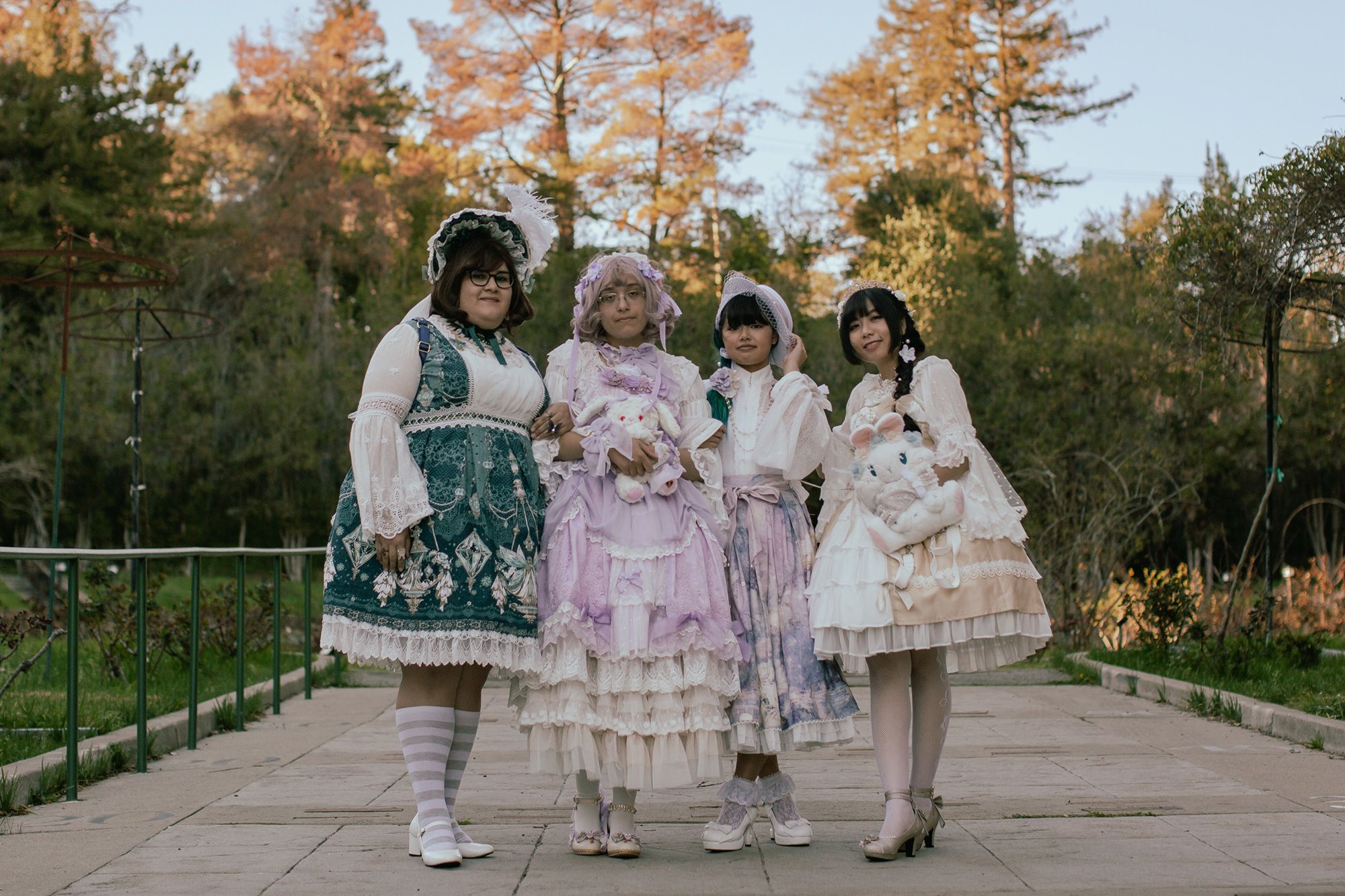Ella, a resident of California’s Bay Area, discovered her true style when a Lolita walked into her workplace – not in the Nabokovian sense, but an adult adorned in Lolita fashion. Originating in Japan in the mid-1990s, Lolita style draws inspiration from the Victorian era and Rococo art, featuring unabashedly feminine ensembles with petticoats, ruffled dresses, and delicate accessories.

Ella, inspired by her childhood love for shōjo manga, where she found Japanese countercultural styles “cute but unattainable,” embraced Lolita fashion in 2015. Initially a “lone Lolita,” she gradually formed a community with friends who share a passion for dressing up. Lolitas organize tea parties, trips to wineries, and shopping sprees, creating a supportive and creative space.
The Lolita subculture has transcended Japan’s borders, captivating fans globally, especially in the US, where it has evolved into a sizable community. Lolitas challenge societal norms by embracing a style that rejects conventional notions of mature femininity. Lolita fashion serves as a form of self-expression, blending historical influences, including Marie Antoinette’s extravagance, mid-century icons like Brigitte Bardot, and even 1950s American prom dresses.
Despite its name’s association with Nabokov’s novel, Lolita fashion represents an in-between phase from childhood to maturity, offering a subversive and empowering form of self-expression. The Lolita style emerged from Japan’s streetwear scene in the ’70s and ’80s, influenced by ateliers like Milk and Pink House. Visual Kei, a music genre from the ’90s, laid the groundwork, and the Harajuku district became a hub for Lolitas to connect and showcase their unique fashion.
Lolita style has grown beyond Japan due to the popularity of cultural exports like anime and cosplay. Unlike cosplay, where individuals dress as characters, Lolitas wear clothes that reflect their true selves. The style encompasses various aesthetics, from cute and gothic to classic and sweet.
There’s no one way to dress Lolita, but essential items like petticoats, lace, and bows characterize most outfits. Lolitas carefully consider every element, from socks and shoes to hats and accessories. Different substyles, such as classic, sweet, and gothic Lolita, cater to individual preferences, allowing for diverse expressions within the Lolita community.
Ella, embodying a blend of classic and sweet Lolita, emphasizes that coordinating each element requires planning, making Lolita fashion a thoughtful and intentional form of self-expression. While Lolitas may not dress up every day, the allure of this unique style lies in its ability to defy norms and declare independence through aesthetic expression.


Related post
The Truth Behind the Rumor ‘Santa Claus Is Ugly’ That Surprises Many
As the holiday season approaches, the character of Santa Claus emerges in various forms, his iconic red suit and white beard eliciting warmth and joy
Guide to Creating a Heavy Metal Sound in the Style of Tony Iommi
Heavy metal is a genre rich with history and technical prowess, and few guitarists have influenced its sound as profoundly as Tony Iommi, the legendary
Breaking Down the Key Tactical Edgeas in the Oakland Raiders Lineup
Breaking Down the Key Tactical Edges in the Oakland Raiders’ Lineup reveals not just a football team but a storied franchise with an indomitable spirit.
The Most Heartwarming Moments of Spider Man On Screen
The world of Spider-Man is not just filled with thrilling battles and breathtaking stunts; it’s a tapestry woven with moments of profound empathy, love, and
10 Unusual Christmas Traditions Around the World You May Not Know About
Christmas, a time for festive cheer, family gatherings, and the exchange of gifts, is celebrated globally, but the traditions associated with it vary wildly across